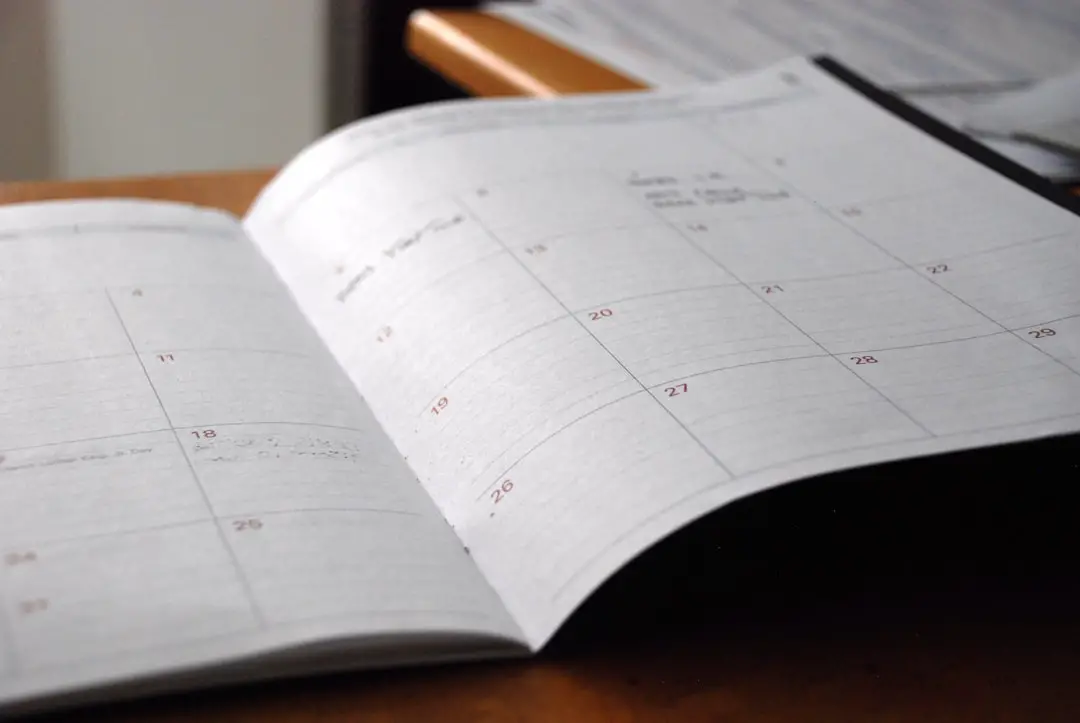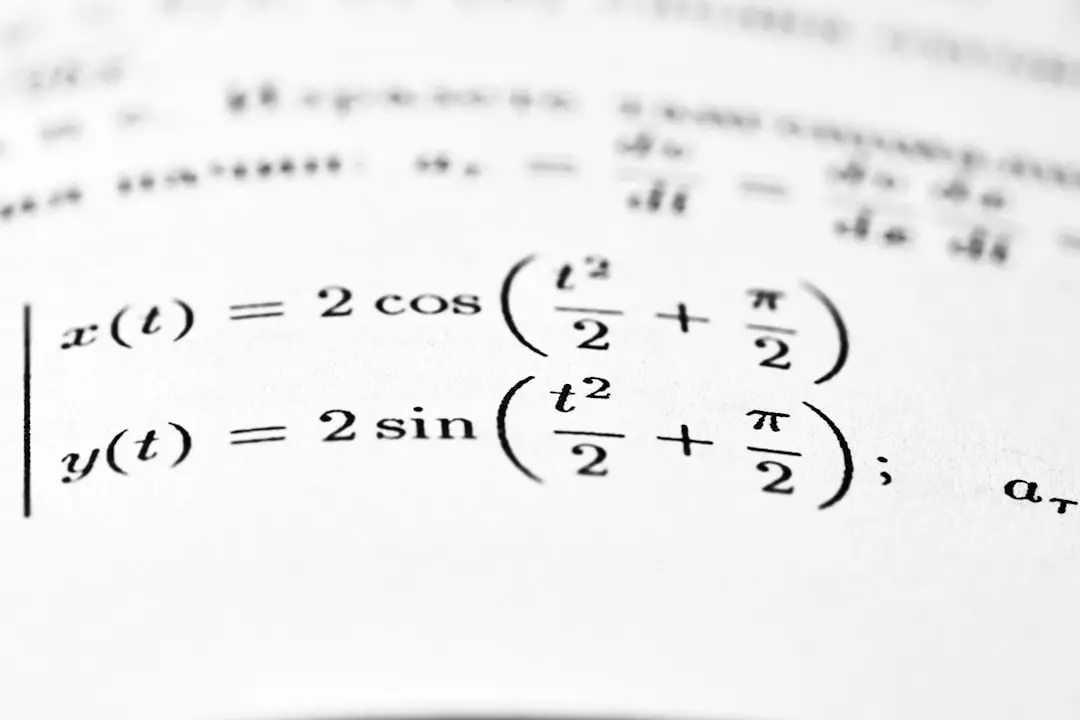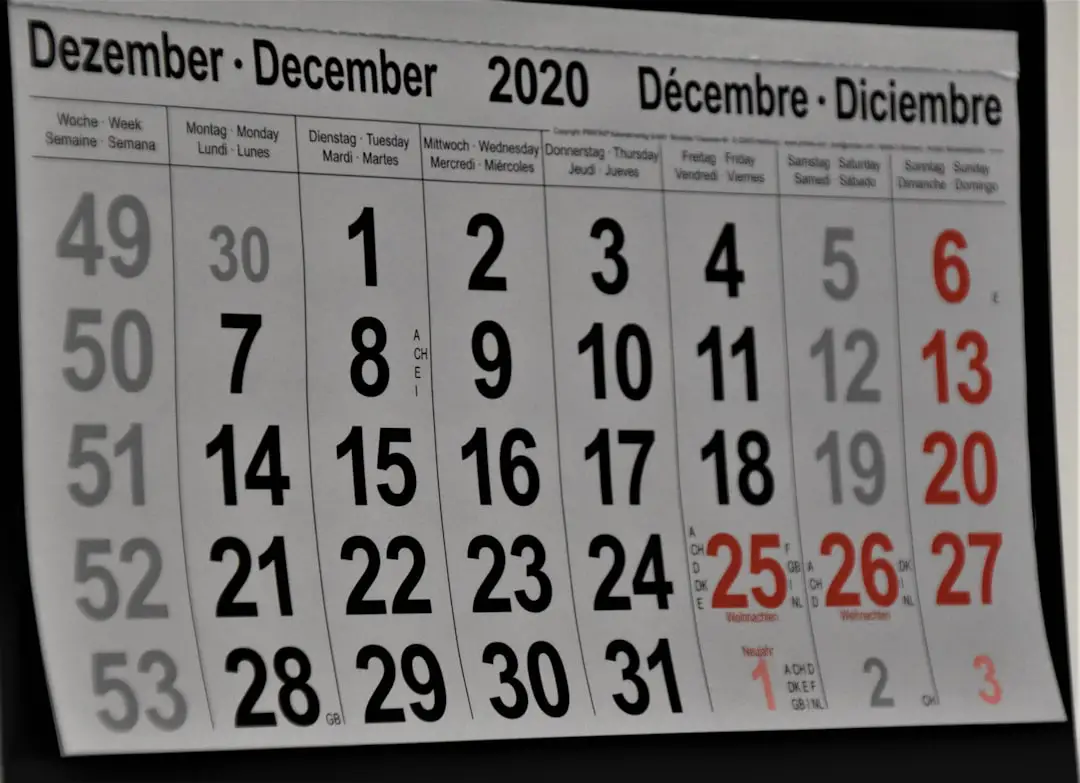Have you ever wondered what happens when you divide 365 by 2? At first glance, it seems like a very simple problem. But as we dig deeper, we start to realize how this basic calculation can unlock surprisingly useful and relatable examples in everyday life.
Let’s begin with the math:
365 ÷ 2 = 182.5
That’s it! Simple enough. But now let’s explore what that number actually means and how it can be applied to things you encounter regularly.
The Basics: Why 365?
The number 365 is best known for representing the number of days in a calendar year (except leap years, of course). So, when we divide the year in half, we get 182.5 days. That half day makes all the difference in scenarios like financial planning, scheduling, and even seasonal changes.

What Does 182.5 Days Represent?
Let’s break it down with a few real-world situations:
1. Dividing the Year Into Two Halves
If you ever found yourself wondering what the exact halfway point in the year is, it’s the 182nd day and 12 hours. On a non-leap year, that falls on July 2nd at noon. This can be helpful when:
- You’re analyzing mid-year progress for a project or set of goals.
- Planning semi-annual reports or evaluations.
- Determining fiscal midpoints in companies that run on a calendar year.
Knowing that the “true” halfway point is at midday on July 2 helps you get accurate timing when precision matters.
2. Financial Application: Biannual Salary and Budgeting
Suppose you earn a fixed amount annually, say $36,500. To find out what you make in 6 months (i.e., half a year), you can apply this straightforward division:
$36,500 ÷ 2 = $18,250
This also works great when estimating biannual expenses, setting aside savings, or dividing an annual budget into two equal parts.
3. Biannual Events and Scheduling
If you’re planning regular events, like medical checkups, financial evaluations, or subscription renewals every half year, then marking exactly 182.5 days into your calendar can help you stay more organized.
Instead of loosely interpreting “6 months from now,” using a precise number of days ensures that the intervals are equal, regardless of month lengths.

Rounding and Practical Use
You may have noticed that 182.5 isn’t a whole number. So what do we do with that half a day?
It depends on the situation:
- For people-based events (like birthdays or celebrations), you might round it up or down depending on convenience.
- For time tracking or scientific data, the half day might matter a lot. Astronomers, researchers, or time-sensitive industries often count by the hour or minute.
Leap Years: A Quick Note
During a leap year, the total days in a year become 366. So dividing that yields:
366 ÷ 2 = 183
This means the halfway point is easier to mark with an exact date—midnight after the 183rd day, which is July 2nd.
Why Simple Math Like “365 ÷ 2” Matters
In a world full of high-tech tools and digital calculators, it’s easy to forget that simple math can offer profound insights. Understanding the impact of one small calculation like 365 divided by 2 can improve how we budget, plan our time, mark milestones, and observe the passage of the year with more clarity.
So, the next time someone throws out a seemingly trivial number like “365 divided by 2,” you’ll know exactly why 182.5 carries more weight than just half a year.

Math isn’t just about numbers—it’s about understanding time, priorities, and sometimes even ourselves. And it all starts with a simple division.

